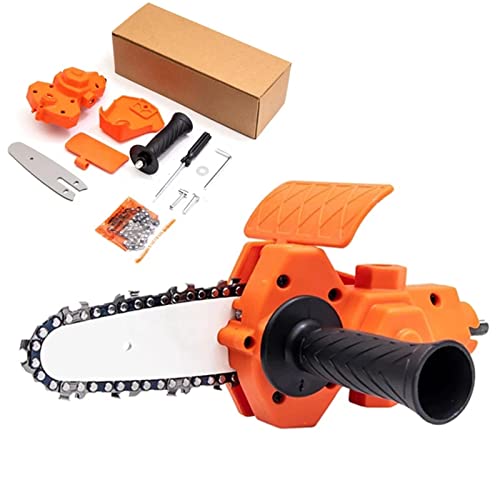I'm running a Stihl MS250 with the original 18" OEM Stihl bar. I'm a homeowner who helps out friends with downed trees or trees that need to be taken down. The last three times I used this saw, the nose sprocket on the bar froze solid - the chain would not move. After every use, I sharpen chains, pull off the side cover and clean out wood shavings and sawdust, and empty the saw of gas and oil prior to putting it away.
When the sprocket freezes, and sawing is over for that saw, I've pulled the bar, cleaned out the slot, oil hole and as much as possible around the sprocket. Then I've squirted WD40 around the nose, and by pressing the sprocket on a piece of soft wood (usually and old 2x4) and pushing back and forth, I have managed to loosen the sprocket and get it to turn freely. I also spray WD in behind the tip to loosen/wash out any dirt. After cleaning, I lightly oil the tip (WD is not a long life lube). While sawing, I use Stihl bar and chain oil exclusively (orange gallon size) and it seems I'm pumping about 1 1/2 reservoirs of oil to one full tank of gas - that has been consistent since the saw was new and tells me the pump is working. If I start the saw up, put a piece of clean cardboard just beyond the tip I get a light spray of oil as the chain rotates - oil is being pumped as designed. I stop and file the chain if it seems to be cutting slowly, and after maybe 3 or 4 hand sharpenings I use an Oregon chain saw sharpener to keep the proper chain profile.
I've had NONE of these issues on my MS311 (but it gets the same cleaning/sharpening/maintenance).
What is causing the nose sprocket to seize up on my 250? It seems to happen after a couple of tanks of gas. The wood I have been cutting is mostly downed trees, sitting up off the ground (not dirt encrusted logs), mostly hardwoods. Chains vary from Stihl to Oregon, though I doubt the chain is a contributing factor.
























































